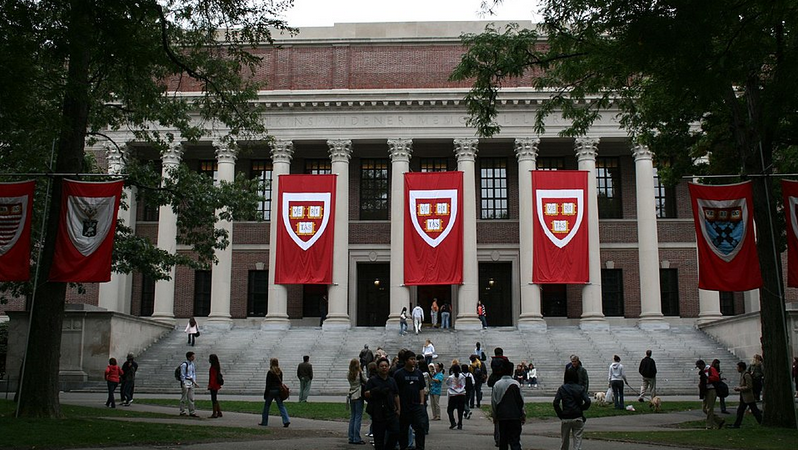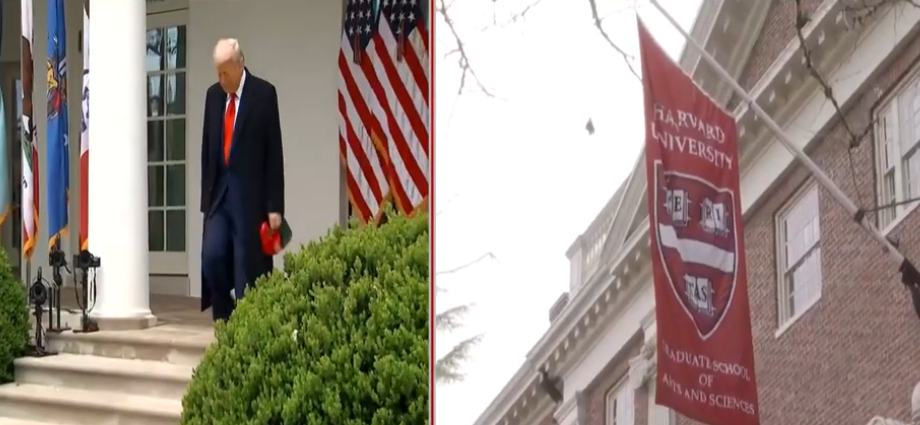Elephant in Uganda (stock photo — not the elephant who chased Dr. Abe)
Major attractions of Queen Elizabeth National Park (QE) in Uganda are the elephants.
The population of elephants in QE was once more than 3,000. After the poaching years, the elephant numbers dropped to about 500 individuals. Social life in elephants is crucial, to their success perhaps, just like that of humans.
I set out to find how the elephants’ behavior had changed. Some matriarchs survived the poaching. But there were young individuals who did not belong to any particular family. Those were the orphaned elephants.
Oh, the sheer fun of studying elephants. I want people to share my experience. I carried out twelve hour-observations. Depending on where I left the elephants the evening before, at least I should have made contact with them by 07.00 hrs.
Once I found the elephants, I spent a lot of time enjoying watching them feeding quietly, resting or even playing. However, there were times when adrenaline ran high too.
With my field assistant Onen I had several close encounters with enraged individuals. The incidence that will always come to my mind is of the female who chased us for over half a mile.
Early one morning, driving along an endlessly winding track towards Kasenyi, near Lake George, in Uganda, I spotted a female standing alone. I stopped the car and pointed her out to Onen. I scanned the horizon with binoculars for any sign of other elephants, but all I could see was grass and bushes.
I wanted to find out why she was alone – very unusual for female elephants – so I drove off track to within 200 yards or so of her. Encouraged by Onen, I edged the car closer until I could see her knees in the tall grass but I could not see underneath her belly.
I was just getting out, to climb onto the hood for a better view, when she suddenly turned and made a beeline for the car. I dropped everything, binoculars and all –please, anybody intending to do fieldwork always wear bins around your neck– and within seconds had started the car and was off.
I looked in the rear view mirror. I saw her bearing down on the car, and there was no mistaking her goal. Her head was down and ears flat on the body. I had to look out for termite mounds and holes made by aardvark as well.
There in the bush, I heard my late Baba’s voice “Lawino remember what I taught you.” I checked the mirrors, saw the elephant, and I floored the accelerator. Briefly, I saw Mama’s face and she smiled. Silently, I prayed the car would do what it was supposed to do. I don’t quite remember how I made the getaway, but somehow I did.
Finally the elephant stopped, turned and walked briskly back the way she had come. This made me even more curious. I found a vantage point. I got out the flask of tea and poured some for both of us.
“She tried to block us, by going round the bush,” Onen said, testifying to the remarkable brainpower of elephants.
“That is why I swerved in the opposite direction,” I said.
“I have never seen such an angry elephant,” Onen said and we laughed.
“Why do you think she is by herself?” Onen asked.
“She is probably one of the orphaned females, but they usually tag along with the herd,” I said.
“Your hands are shaking,” Onen said and, again, we laughed.
We sat on the hood; I steadied myself and watched. I borrowed binoculars from Onen. Time check: 9.50 hrs; Kasenyi track.
The first sight of the elephant was ear flapping, then we saw a little elephant four to five years old trying to get up. I noticed that she could only manage to rise on her hind legs. She tried doing this several times, until I realized that she must have broken both her legs.
It was getting warmer by now, and the mother stood next to offer a shade for her calf. I was amazed at what I saw. The mother of the injured calf started kicking some soil loose, then spreading it over the calf with her trunk. After a long time, the calf appeared to give a huge sigh: her ears stopped flapping and the belly was no longer heaving: She was dead.
The mother then proceeded to collect grass, which she placed on the calf. When she had finished, she walked a short distance away and stopped. As she stood there, a much smaller calf walked out of the bush and began suckling.
I could not get the female to leave the scene; I wanted to examine the calf to find out more. I drove off and found other elephants near Lake George. We stayed with the elephants, and identified most of the females. Time check: 19.00 hrs. Elephants near Kasenyi village. It was getting dark and I drove off.
I passed by and saw the female elephant and her calf. Long after the sun set, we left her to her vigil.
“What do you think will happen to that female elephant and her calf?” Onen asked.
“I hope she follows the rest of the herd,” I said.
Next morning I drove back to the scene. The bones had been scattered. Some scavengers had enjoyed the night.
Elephants are wonderful animals, and even a few minutes given to observing them soon bonds one to these huge, robust, but gentle animals.
Dr. Eve Lawino Abe is an Ethologist and Wildlife Consultant






